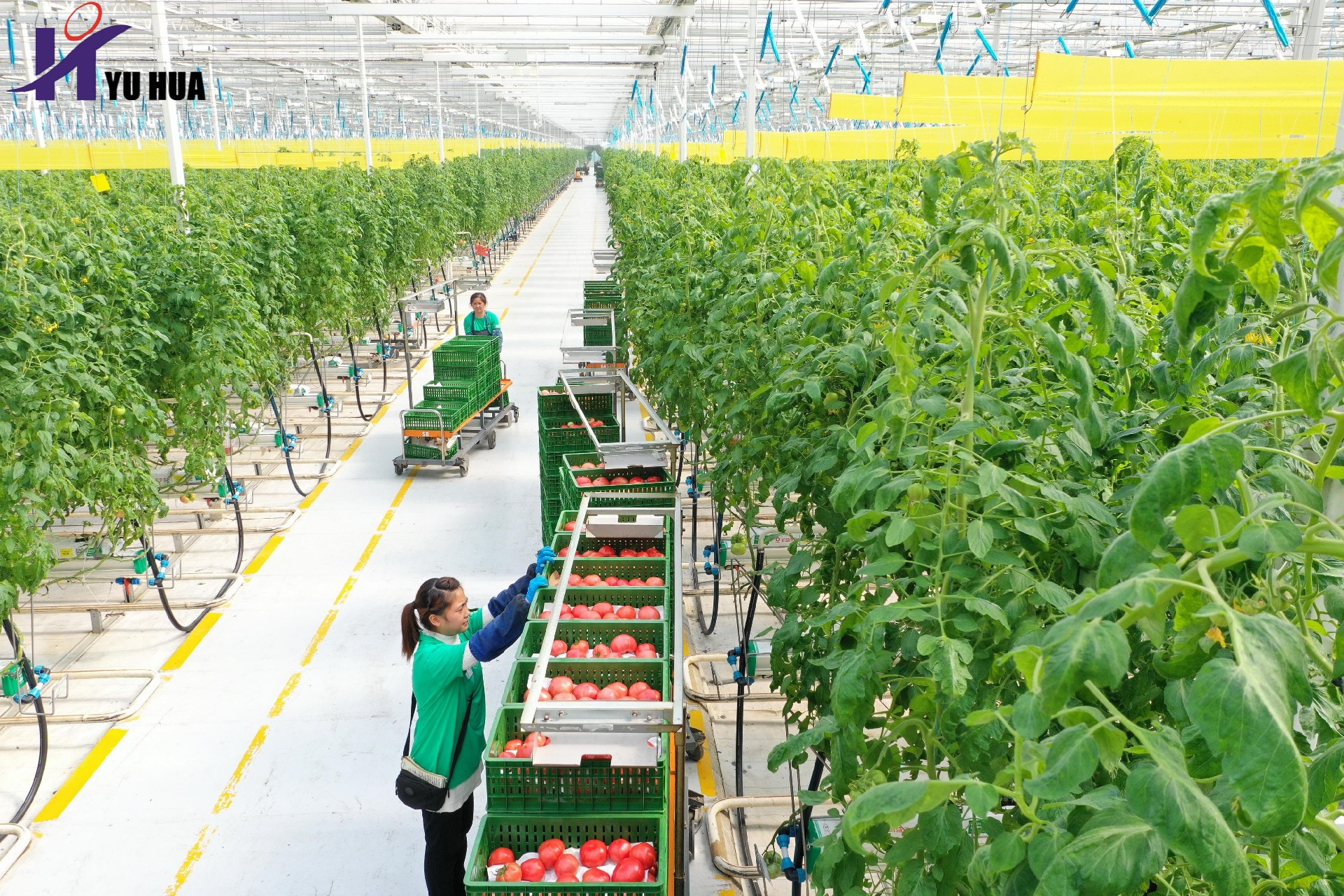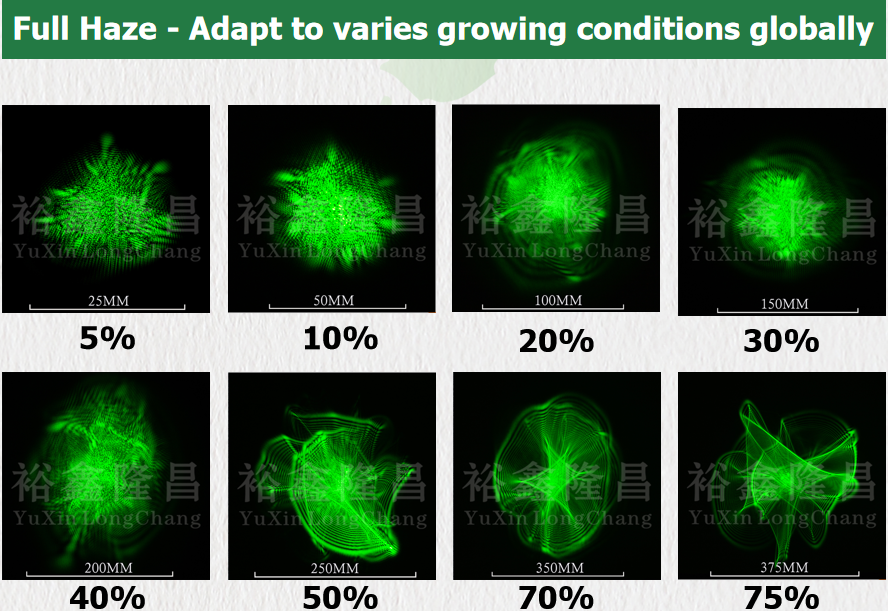
Recommended guide for glass thickness used in greenhouses
As the most advanced greenhouse technology in agriculture, glass greenhouses are unique in all aspects. It perfectly solves the problem of poor local land, and delicious and tender vegetables can be eaten no matter what kind of bad weather.

The focus of glass greenhouses is sealing. Good sealing can ensure the growth of fruits and vegetables without the interference of pests and diseases. The controllable temperature in the greenhouse ensures that we can eat fresh vegetables in winter.
The greenhouse has good sealing, advanced planting technology, and management concepts, and it is inseparable from the light of nature.
Good light can ensure that fruits and vegetables can fully photosynthesize. The top of the glass greenhouse is the main source of light. The light transmittance of the glass is crucial, and the thickness is an important factor affecting the light transmittance;
The glass thickness specifications used in glass greenhouses are basically finalized, which is 4mm ultra-white tempered single glass.
The basic ultra-white tempered glass has a light transmittance of 91.5%---92%. The ultra-white glass after coating can reach a light transmittance of about 99%.
Compared with other thicknesses of glass, the ultra-white tempered glass with a thickness of 4mm weighs 10 kilograms per square meter. In terms of strength, it can withstand most of the bad weather, heavy snowfall, hail, etc.;

In terms of light transmittance, greenhouse glass has also made sufficient considerations. There are differences between shade-loving and sun-loving fruit and vegetables in greenhouses, and there are differences in light intensity in project sites. From this consideration, greenhouse glass has specially developed haze values.
By adjusting different hazes, the hemispherical light transmittance can be controlled, so that crops can always grow under appropriate light.
If the light is too strong and we want to reduce the light, we can use 70 haze glass to reduce the hemispherical light transmittance. If the light is too weak, we can use 30 haze glass to try to avoid light attenuation.
In response to the influence of direct light, greenhouse glass has specially increased the transmittance and wavelength of blue-violet light and infrared light. Let the light passing through the glass achieve comprehensive gains for crop growth. Reduce the transmittance of other spectra to reduce the impact on crop growth.
Since the development of greenhouse glass, the glass type has changed from ordinary white to ultra-white, and ultra-white has been upgraded to ultra-white coating. However, as the strength of glass increases, the thickness of glass has been reduced again and again.
So far, a piece of glass has been able to increase the total production capacity of the greenhouse by about 30%.
The diffuse glass and AR-coated diffuse glass produced by Yuhua have cooperated with many large commercial greenhouses in agriculture, horticulture, nurseries and experiments. We have cooperated with large greenhouse project companies such as Havecon, Van Der Hoeven, Kubo, etc. for many years. Yuhua greenhouse glass has a light transmittance of up to 99%, and haze 5/10/20/30/50/70/75 greenhouse diffuse glass is available!
Tags:anti-reflective glass diffuse glass agricultural greenhouses glass greenhouse venlo greenhouse AR glass greenhouses glass agricultural glass horticultural glass #greenhouseglass #Antireflectiveglass #Diffusetemperedglass #Ultrawhitefloatglass #agriculturalgreenhouseglass #diffuseglass #horticulturalglass #Tomatogreenhouse #Coloredpeppergreenhouse #Lettucegreenhouse #Agriculturalgreenhouse #ARglass #venlogreenhouse #greenhouseglass #Antireflectiveglass #Diffusetemperedglass #Ultrawhitefloatglass #agriculturalgreenhouseglass #diffuseglass #horticulturalglass #Tomatogreenhouse #Coloredpeppergreenhouse #Lettucegreenhouse #Agriculturalgreenhouse #ARglass #venlogreenhouse #GlassManufacturer #invernadero #ArchitecturalGlass #ClearFloatGlass #FloatGlass
Previous:The second batch of goods from the Hoogweg project in the Netherlands has been shipped.



















